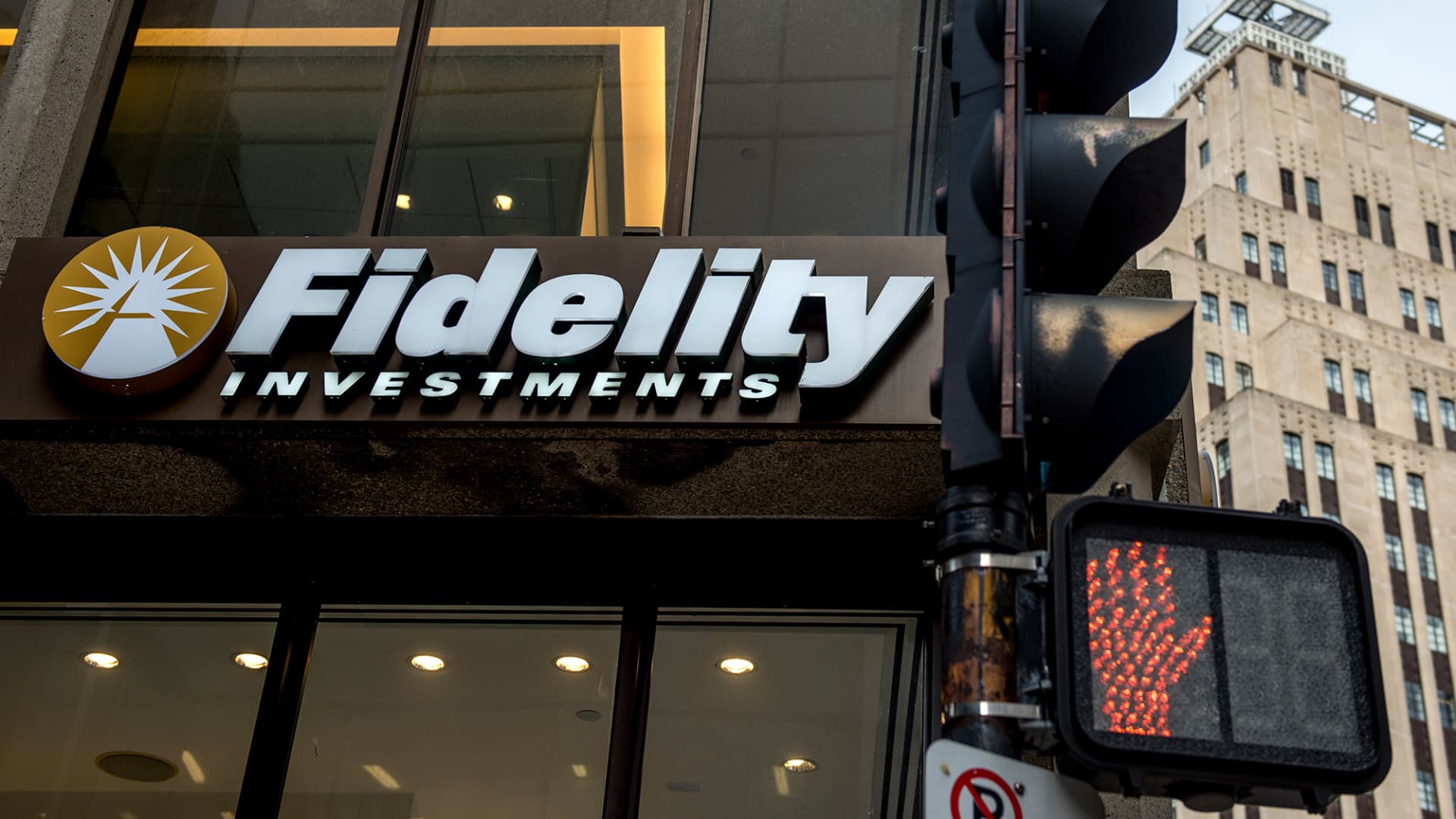Luxury handbags have outperformed other collectibles in recent years and are increasingly viewed as a potential investment category in the eyes of consumers and analysts, at least according to some recent reports.
For the first time, the value proposition of designer handbags from top brands, such as Hermes, Chanel, Goyard and Louis Vuitton are growing across the board, one report by luxury resale site Rebag found last year.
“These trends signal exciting investment opportunities across both heritage and more attainable brands,” the Rebag report said.
Handbags are among the least volatile of any collectible asset and offer a good risk versus reward, they have also proven to be a worthwhile hedge against inflation, according to a separate 2022 study by Credit Suisse.
However, while some designer handbags, particularly classic and sought-after styles, can potentially retain or even increase in value over time, they are not a traditional investment in the way stocks or real estate are, expert say.
More from Personal Finance:
What financial advisors tell investors about market turmoil
Consumer outlook sinks as recession fears take hold
Don’t hide cash at home — here’s what you’re risking
Over the last two decades, luxury handbags went from being an accessory to what is now “the only female-centric collecting category,” according to a 2020 report by Art Market Research.
For women, however, the evolution of such increasingly expensive purchases has come at a price, said Jasmine Tucker, the National Women’s Law Center’s vice president of research.
“In order to appear that you are in your place, you have to look a certain way, and that grooming can cost more for women, and they are doing that at a lower pay,” Tucker said.
A Hermes Birkin bag in a window display at a KaDeWe department store in Berlin, Germany, on Friday, Jan. 3, 2025.
Bloomberg | Bloomberg | Getty Images
As far as investments go, only a few luxury bags gain, rather than lose, value over time.
Historically, just the Hermes Birkin and the small group of other top designer bags have value retention rates near 90% or higher, Rebag found.
Birkin bags, especially, have increased in value year over year, with an average annual jump in value of 14.2% between 1980 and 2015, according to another study by Baghunter. The bags currently retail for $9,000 and up but can resell for $30,000 or more, depending on size, color and condition.
Meanwhile, since stocks go up and down, the S&P 500 index has an average annualized return of around 10%.
A bag may be a ‘smart purchase,’ not an ‘investment’
Framing a designer handbag as as “investment” does women a disservice, according to Carolyn McClanahan, a certified financial planner and founder of Life Planning Partners in Jacksonville, Florida.
“It grosses me out when I see purchases positioned as investments, it hits me the wrong way,” McClanahan said.
“I am totally for people buying nice things, but I wouldn’t call it an investment,” said McClanahan, who also is a member of CNBC’s Advisor Council.
“If you have a handbag you know you will keep forever, maybe that could be considered a smart purchase,” she said. “But you still need to make sure you are spending less than you make and you are saving.”
At some point in their lives, most women will likely be on their own and solely in charge of their finances, McClanahan said, that makes it more imperative that women are planning and investing for the future.


 Finance1 week ago
Finance1 week ago
 Finance1 week ago
Finance1 week ago
 Accounting1 week ago
Accounting1 week ago
 Economics1 week ago
Economics1 week ago
 Personal Finance5 days ago
Personal Finance5 days ago
 Economics1 week ago
Economics1 week ago
 Personal Finance3 days ago
Personal Finance3 days ago
 Personal Finance5 days ago
Personal Finance5 days ago











